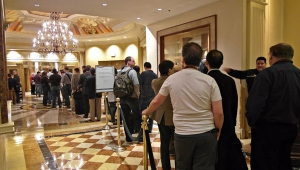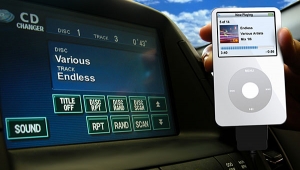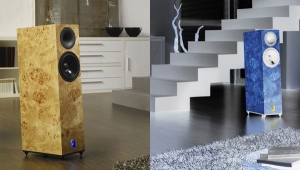| Columns Retired Columns & Blogs |
They don't really work. Remeber Bob Carvers Hologram generator!I keep telling consumers all the time not to waste their money. Buy the greatest speaker you can possibly afford then back it up with an even greater amplifier. Put less and less between the original recording and the ear and you will achieve the best results. Try to use some room treatment and enjoy. How can these machines compensate for glass, relective walls and box like rooms. I know, they say they can do it. Bull!


























